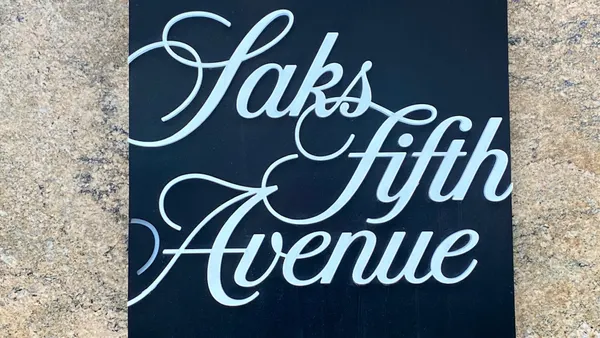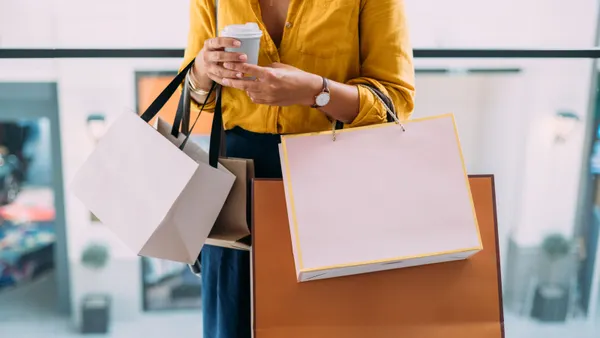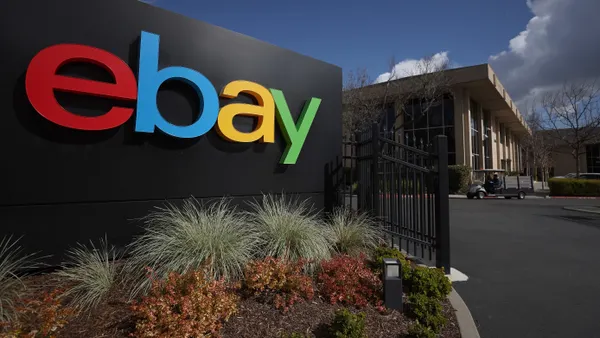Dive Brief:
- Perfect Corp. this month announced updates to its existing virtual try-on capabilities for jewelry. The update allows for more detailed depictions of items in 3D, according to a company press release.
- The latest update supports Graphics Library Transmission Format 2.0 files, which include more detailed textures and environmental lighting for 3D scenes and models. The technology will enhance brand visuals and reduce the time needed to produce 3D models, according to the company.
- Perfect Corp. in late February also made improvements to its AR 3D blush try-on, debuting three-toned blush color virtual try-ons for an expanded range of shades and textures. The update introduces different blush patterns and textures like matte, satin and shimmer.
Dive Insight:
Perfect Corp.’s latest update to virtual jewelry try-on simplifies the 3D model creation process for brands.
Before the update, the company’s system accepted Wavefront Object files, but the technology, the company said, didn’t fully capture details like environmental lighting and texture. With the update, brands can use Graphics Library Transmission Format files, which incorporate things like wireframe details, texture descriptions, texture maps and environmental lighting maps.
According to the company, the update “streamlines and accelerates the 3D product SKU creation process, providing brands with a faster and more efficient way to showcase their products in augmented reality environments.”
Retailers have invested in virtual try-on tech across the industry in recent years. Perfect Corp. has acted as a consistent provider of the try-on tech, bringing virtual makeup try-on to Walmart’s app, airports — through a partnership with travel retailer Dufry — and to the aisles of Whole Foods, allowing shoppers to try products from natural beauty company Mineral Fusion.
The appeal of virtual try-on goes beyond beauty, though. Last month, Walmart added virtual try-on capabilities for eyewear to its app and website. With augmented reality tech, customers can try over 750 options and customize lenses upon uploading a prescription and completing a facial scan. Apparel has been another space for virtual try-on innovation, with companies like Walmart, Google and Men’s Warehouse all experimenting with ways to virtually model clothes.













